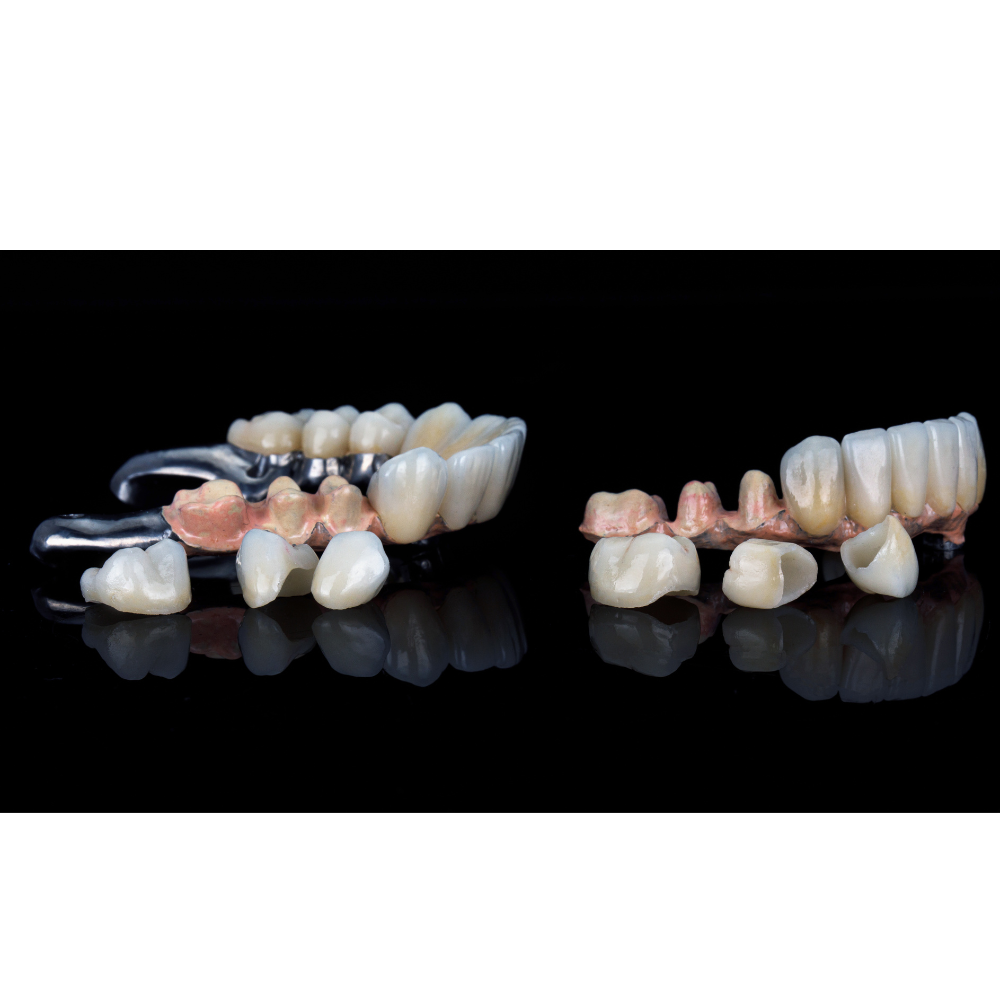What is Thickest Wire For Braces? | Everything About Orthodontic Wires
Orthodontic wires, those essential components of braces aren’t created equal. You might notice your orthodontist replacing the wires with progressively thicker ones throughout your treatment. But why the change? These wires, made of various materials exert gentle pressure on the teeth to move them into the desired position over time.
However, the thickness of the wire depends on the specific needs of the patient and the stage of treatment. Knowing the different types of orthodontic wires and their thicknesses can help you feel more confident throughout your orthodontic trip. So let’s start with the types of wire for braces.
Types of Wires For Braces
Following are the three main types of wires used for braces, each with its unique properties and advantages.
Stainless Steel Wires:
These are the most common types of wires used in braces. Stainless steel wires are durable and provide significant force which makes them suitable for correcting a wide range of orthodontic issues.
Nickel-Titanium Wires:
These wires are known for their flexibility and elasticity. They can exert gentle, continuous pressure on the teeth which allows for more comfortable orthodontic treatment.
Beta-Titanium Wires:
Similar to nickel-titanium wires, beta-titanium wires offer flexibility and resilience. They are often used in cases where more control over tooth movement is needed.
What is The Thickest Wire For Braces
The thickest wire for braces is the stainless steel archwire. This wire is robust and provides substantial force which makes it suitable for addressing more complex orthodontic issues. It exceeds 0.021 inches in diameter. This translates to roughly 0.53 millimeters.
Thicker wires can be used when greater force is needed to move stubborn teeth or to maintain progress achieved with thinner wires.
What Do Thicker Wires Do For Braces?
Thicker wires for braces provide more significant force which allows for greater control over tooth movement. Thicker wires can help maintain the progress achieved with thinner wires as treatment progresses.
They are utilized in later stages of orthodontic treatment to apply increased pressure and ensure the teeth continue to move effectively towards their final alignment. Thicker wires play a very important role in achieving optimal results in orthodontic treatment by providing the necessary force to facilitate tooth movement and alignment.
Different Braces Wires Sizes
Brace wires come in various sizes to accommodate different stages of orthodontic treatment and individual patient needs. The sizes of brace wires are categorized based on their thickness, which is measured in terms of gauge. Here are the braces wire sizes :
Thin Braces Wire:
These wires are often used in the initial stages of orthodontic treatment to allow for gentle tooth movement and adjustment. They range from around 014 NiTi, .016 NiTi, and .018 NiTi.

Medium Braces Wire:
As treatment progresses, medium-sized wires may be used to apply more significant force and facilitate further tooth movement. These wires typically range from .016x.022 NiTi, .017x.025 NiTi, .019x.025 NiTi.
Thick Braces Wires:
Thicker wires are utilized in later stages of treatment to provide increased pressure and help fine-tune tooth alignment. They range from .017x.025 SS (stainless steel), .019x.025 SS, .021x.025 SS.
Process of Changing Wires on Braces
The process of changing wires on braces involves the following steps:
Removal of Ligatures:
Your orthodontist will remove them using special dental instruments if the braces are held in place with ligatures, Ligatures help secure the archwire to the brackets and are replaced during the wire change process.
Removal of Archwire For Braces:
The orthodontist carefully removes the existing archwire for braces from the brackets on the teeth. This is done using specialized tools designed to safely detach the wire from the brackets without causing damage to the teeth or surrounding structures.
Cleaning and Examination:
Once the archwire is removed, they clean the teeth and brackets to remove any plaque or debris that has accumulated since the last appointment. They also examine the teeth and brackets to ensure everything is in good condition before proceeding with the wire change.
Selection of New Archwire:
Based on your treatment plan and progress, a new archwire of the appropriate size and material is selected. This can involve choosing a thicker or thinner wire depending on the desired tooth movements and the stage of treatment.
Insertion of New Archwire:
The orthodontist carefully inserts the new archwire into the brackets on the teeth which start from one end of the mouth and work their way to the other. They use gentle pressure to ensure the wire is properly seated in each bracket slot.
Once the new archwire is in place, they secure it to the brackets using ligatures or other methods of fixation. Lastly, any necessary adjustments will made to ensure the new archwire is properly positioned and exerts the desired amount of pressure on the teeth.

What is The Last Wire For Braces?
The last wire for braces is a thicker and more rigid wire used to fine-tune tooth alignment and ensure the desired results are achieved before braces are removed.
This wire is often made of stainless steel and is designed to apply precise pressure to guide the teeth into their final positions. Its purpose is to make any final adjustments necessary to achieve optimal tooth alignment and bite before the braces are removed.
How Long Does Final Wire For Braces Last?
The final wire in your braces can last anywhere from two months to well over a year. It depends on how much your teeth need to move and your orthodontist’s plan. It may take more than a year to adjust your teeth to their final position.
FAQs
What is The Function of Rectangular Wire For Braces?
The function of rectangular wire for braces is to provide additional control over tooth movement compared to round wires. Rectangular wires have a flat shape which allows them to exert force in specific directions which makes them particularly useful for addressing complex orthodontic issues such as rotations and torque.
Do Wires Hurt Braces?
Yes, wires for braces cause discomfort. It’s common for the end of the wire to shift slightly as your teeth move which causes discomfort by poking your cheek or gum.
Do Braces Wires Bend Easily?
Yes, brace wires can bend easily especially thinner wires made of materials like nickel-titanium. Thicker wires like stainless steel are stiffer and require more force to bend.
What is the wire for crowded teeth?
Orthodontists often use nickel-titanium wires that help to reposition the teeth into proper alignment for crowded teeth. These wires exert continuous pressure to gradually move the crowded teeth into their correct positions.



